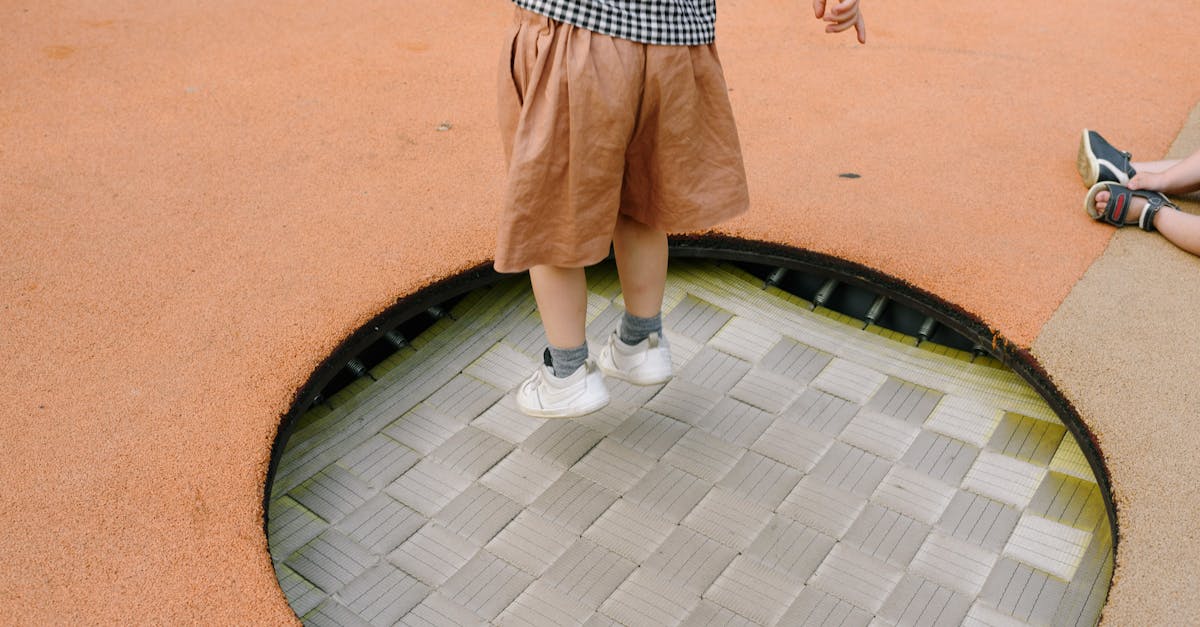Understanding the World of Poisonous Plants
The world of plants is vast and curious. Just ask anyone who’s tried to identify wildflowers with a guidebook. Poisonous plants, though, can add a nasty surprise to your floral voyage.
Some fascinating flora are lurking hazards like:
- Poison Ivy
- Oleander
- Foxglove
These plants haunt playgrounds and backyards with their lurking dangers. Knowing which plants are poisonous is part botanical wonder and part game of ‘spot the not’!
Equip yourself with a solid plant app if names perplex you like they do me at family reunions (are we sure I’m not adopted?). The goal is to develop a keen eye and green thumb for identifying the dangers before they cause a Kodak moment of rash-tinged chaos.

Knowing the Nasty Insects
Insects, our creepy crawly friends, range from fascinating to freakish. Some, like bees, deserve a hug for their hard work and love for flowers. But others, like the black widow spider or fire ant, are less cuddly. These outsiders can cause severe reactions in kids, turning a picnic into a scene from a horror movie.
Learn their habitats:
- Mosquitoes love standing water (they think of it as spa time!).
- Even the mysterious ticks, who can make anyone itch, prefer wooded areas.
Knowing the bad bugs can prevent bugged-out afternoons of scratching and tears. Arm your family with the power to swat safely!

Smart Tips for Spotting Poisons
Spotting poisonous plants and insects is a skill. You don’t need to be nature’s Sherlock Holmes with a magnifying glass. Start with the basics:
- Use the ‘leaves of three, let them be’ rule for poison ivy and its wicked cousins.
- For stinging insects, learn their nests—hives hang out in high places!
Make plant spotting a family game on hikes or picnics. Try playing ‘mystery plant CSI’ with your kids. This interactive identification doesn’t just teach them safety; it’s an excuse to act like an explorer.
Plus, it’s a great chance for fun stories about that ‘one time dad ran from a butterfly’!

Protecting Kids in the Great Outdoors
The great outdoors can feel like nature’s playground. Yet, who hasn’t had a picnic ruined by an uninvited bug or irritating plant surprise? Arm your children with awareness and appropriate gear!
Essential Gear for Safety
- Closed-toe shoes – Protect their feet from daring plants and insects.
- Long sleeves – Keep skin safe from irritants.
First-Aid Preparedness
Pack a kid-friendly first-aid kit with:
- Anti-itch creams
- Treatments for unexpected run-ins
Nature Awareness
Regularly remind your kids to respect nature’s boundaries. Encourage them not to wander into uncharted forest ‘jungles’ searching for Tarzan!
Fun Fact
An extra layer of sunblock can create a film shield that may deter some insects. So the next time they shout, ‘I’m not putting that sticky stuff on!’, you have a sneaky reason to push it.

Creating a Safe Indoor Environment
While we focus on the outdoors, our homes too may hide dangers. Some indoor plants are beautiful but treacherous to curious little fingers and paws. Philodendrons and peace lilies aren’t entirely peaceful if ingested.
Here are some tips to ensure a safer indoor environment:
- Keep plants higher or use hanging gardens to prevent toddler appetites from meeting greenery.
- Simplify gardens to pinch-friendly succulents, avoiding potential scares.
- Take a cue from Harry Potter—imagine your plants could bite!
Create an indoor science club by letting kids pot safe herbs to learn about growth without risk. Give an old shelf new life as a wall garden—eco-chic and spy-safe!

Handling Emotional Reactions to Plant and Bug Fears
Emotions run high with phobias triggered by plants and insects. For example, my toddler once declared bees “monster-buzzies” after experiencing a sting. It’s essential to breathe and foster a calm, positive environment.
Reframing Fear
Explain how bees are actually garden helpers. Reframe fear into curiosity—consider fear as a stepping stone to learning!
Role-Playing as a Tool
Role-playing can be an effective way to help kids act out their worries. Instead of viewing the bug as a villain, kids can turn it into a character in a story.
Support with Fun Facts
Use fun facts to engage the children—who doesn’t love a bug in a tuxedo, a.k.a the beetle?
Gentle Reminders
Encourage gentle reminders to check shoes for spiders. This can help unlearn scare tactics and gradually shift perceptions.
Transforming Environments
Soon, hostile environments can transform into natural wonderlands.
Interactive Learning and Conversations With Children
Engage your children with nature using games and teachable moments. Here are some fun ways to encourage exploration:
- Organize plant and bug-themed scavenger hunts.
- Involve them in garden duties with child-safe gloves and let them inspect yard discoveries.
- Share stories from your childhood that include a moment with nature—preferably one that doesn’t end in a nasty sting!
Kids love tales of triumph and humor over their parents’ outdoor escapades. Create a family guidebook featuring photos or drawings of identified plants—your very own botanical encyclopedia!
Ask questions like ‘What do you see that shouldn’t be there?’ Building a curious mindset turns foe into friend and adds to your garden wizardry!

